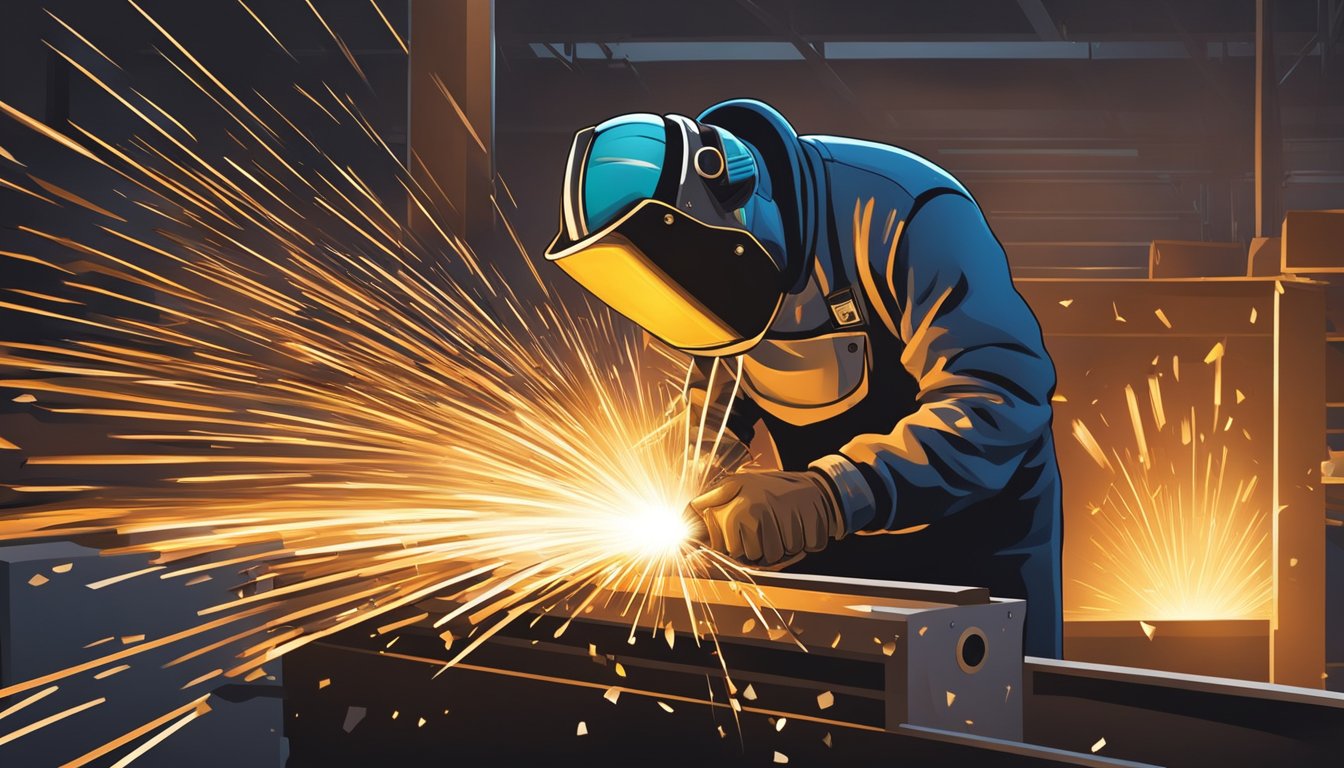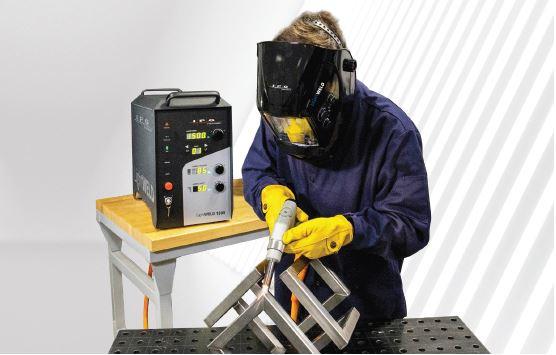The Ultimate Guide to Welding WPS Procedures: A Comprehensive Introduction for Welders
In the detailed world of welding, Welding Treatment Specifications (WPS) serve as the backbone of ensuring top quality, consistency, and safety and security in welding operations. Understanding the subtleties of producing, implementing, and keeping an eye on WPS treatments is important for welders seeking to raise their craft and meet market standards. As we delve into the numerous parts of a WPS and check out the ins and outs of certification and accreditation, we will certainly discover the crucial role these procedures play in the world of welding. Allow's begin on a journey to decipher the intricacies and relevance of WPS procedures in welding practices.
Significance of WPS Procedures
Recognizing the value of Welding Procedure Specs (WPS) treatments is critical for ensuring the high quality and honesty of bonded structures. WPS procedures work as a roadmap for welders, laying out the needed actions, specifications, and products needed to accomplish an audio weld. By adhering to WPS standards, welders can guarantee consistency in their job, leading to structurally sound and trusted welds.
One of the primary reasons WPS treatments are necessary is their function in preserving weld high quality and stability. Adhering to the specified welding parameters and strategies laid out in the WPS aids stop flaws such as porosity, cracking, or incomplete combination, which can endanger the toughness and durability of the weld. In addition, WPS treatments are vital for making sure compliance with sector requirements and codes. By adhering to well-known WPS standards, welders can demonstrate that their work fulfills the essential needs for security and top quality, giving guarantee to customers, assessors, and governing bodies. In significance, the significance of WPS procedures can not be overstated, as they are essential to attaining constant, top quality welds that satisfy industry standards and requirements.

Elements of a WPS
A Welding Treatment Specification (WPS) typically comprises important parts that detail the certain requirements for executing a weld, making sure uniformity and high quality in the welding procedure. The crucial elements of a WPS consist of vital variables such as base metals, filler steels, interpass and preheat temperature levels, welding procedures, shielding gases, welding placements, and post-weld warm treatment requirements.
Base metals describe the materials being joined, while filler metals are made use of to fill the space in between the base steels during welding. Preheat and interpass temperatures are essential for controlling the warmth input and avoiding concerns like splitting or distortion. The welding procedure describes the details technique to be made use of, whether it's gas steel arc welding (GMAW), shielded metal arc welding (SMAW), or another method. Securing gases shield the weld swimming pool from atmospheric contamination. Welding placements specify the alignments in which welding can be done. Post-weld warm therapy might be needed to ease tensions and improve the weld's properties. A comprehensive understanding of these components is important for producing a comprehensive and reliable WPS.

Qualification and Qualification
Having developed the necessary components of a see this Welding Treatment Specification (WPS), the emphasis now moves in the direction of the critical aspects of qualification and accreditation in welding techniques.

Qualification, on the other hand, is the official recognition of a welder's credentials by a relevant certification body or organization. Welding accreditations are generally based upon the details welding processes, materials, and placements a welder is qualified to collaborate with. Holding a valid welding accreditation shows that a welder satisfies sector requirements and is experienced to execute welding tasks to the needed specs.
Producing a WPS
To establish a Welding Treatment Requirements (WPS) that satisfies market standards, mindful consideration of welding redirected here procedures, materials, and functional specifications is necessary (welding WPS). The initial action in creating a WPS is to determine the welding procedure to be utilized, such as gas steel arc welding (GMAW) or shielded metal arc welding (SMAW) As soon as the welding process is identified, the following important facet is picking the suitable products, considering variables like base metal kind, thickness, and joint layout. Operational criteria such as welding existing, voltage, traveling rate, and protecting gas make-up should also be carefully specified in the WPS.

Applying and Checking WPS
Upon completing the comprehensive Welding Procedure Spec (WPS) that meticulously details welding processes, products, operational specifications, and top quality guarantee procedures, the focus changes to effectively applying and keeping track of the well established procedures. Application includes over at this website making sure that all welders included in the task are acquainted with the WPS and follow it thoroughly throughout the welding procedure. Effective application and monitoring of the WPS are critical for ensuring the integrity, strength, and safety of the welded joints, eventually contributing to the total success of the welding project.
Final Thought
In verdict, understanding and following Welding Procedure Specs (WPS) is vital for welders to guarantee top quality, consistency, and safety and security in their job. By understanding the components of a WPS, getting correct certifications and qualifications, developing in-depth treatments, and carrying out and monitoring them successfully, welders can enhance their skills and proficiency in welding methods. Abiding by WPS treatments is crucial for generating premium welds and meeting industry standards.
In the complex globe of welding, Welding Treatment Requirements (WPS) serve as the backbone of guaranteeing quality, uniformity, and safety and security in welding procedures. The welding procedure lays out the certain strategy to be made use of, whether it's gas steel arc welding (GMAW), secured steel arc welding (SMAW), or an additional technique.To create a Welding Treatment Requirements (WPS) that fulfills industry requirements, mindful consideration of welding processes, products, and operational parameters is essential. The initial step in developing a WPS is to determine the welding process to be utilized, such as gas steel arc welding (GMAW) or protected metal arc welding (SMAW)Upon settling the comprehensive Welding Treatment Specification (WPS) that thoroughly information welding processes, materials, operational specifications, and high quality assurance actions, the emphasis moves to effectively implementing and keeping track of the well established procedures.